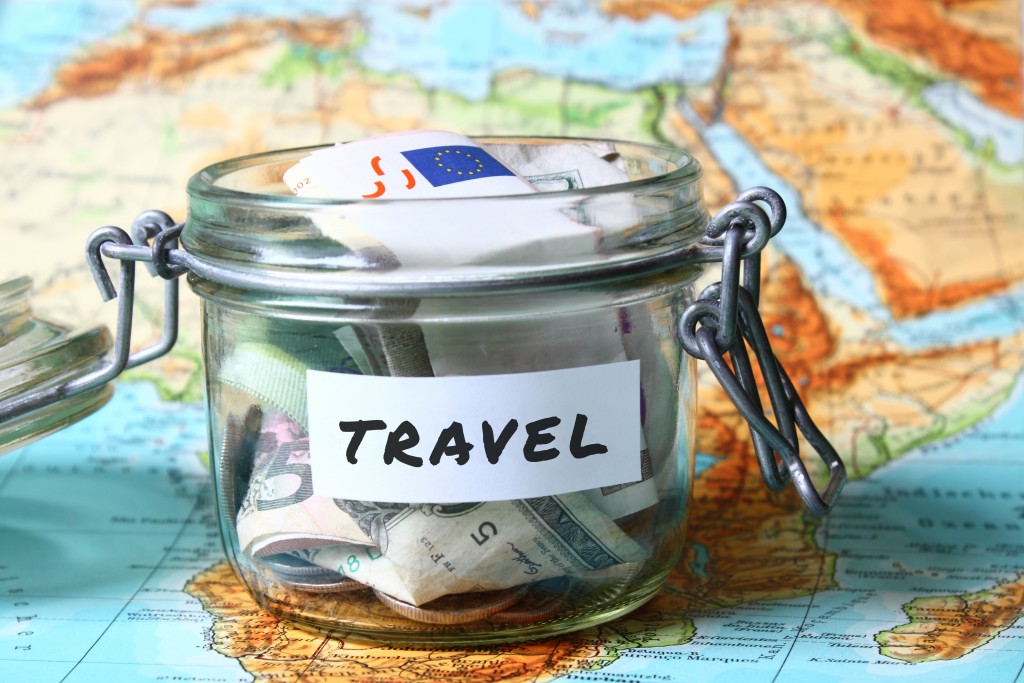If you have had a multi-country flight or a red-eye flight, then you have maybe considered sleeping in an airport for fear of missing the flight. And for international flights with extended layovers or long journey times (think 12 hours and longer), sleep might be the only way to pass the time.
If you are wondering what to do at Changi Airport, the world’s best airport has five terminals offering everything, from 24-hour restaurants and cafes to gardens and shopping centers. You can even comfortably sleep in snooze lounges and hotels within Changi. But for most airports, you will need to plan to get some quality sleep.
Sleeping at the airport can be more convenient; you do not have to deal with transportation and hotel bookings for a short stay.
1. Check the airport’s operating hours
While most airports in major cities like London Heathrow and Hong Kong International are open 24 hours a day, specific terminals and regional airports might have limited operating hours.
Always call ahead or check the airport’s website to determine the operating hours. If your flight is delayed or if you have an overnight layover, this could mean the difference between sleeping at the airport or booking an outside hotel.
Even if a terminal is closed, some airports allow resting in pre-security areas such as check-in and luggage claim. Always have your travel documents on hand in case airport security asks for them.
2. Look for a public lounge or airport hotel

Many airports have designated areas for sleeping and hotels within the terminal. It could be private pods, small rooms, or capsule hotels. Some terminals also offer pay lounges that provide more privacy and amenities than public spaces.
3. Don’t sleep alone
If the airport has no designated lounges or rest areas, look for people who are also sleeping at the airport. Sleeping with a group is safer, especially if traveling alone, and people are more likely to leave you alone.
4. Rest in the secure zone
Only rest in pre-security areas if you have no other choice. If possible, stay in the post-security zone. The secure zone offers more security and privacy than public zones. And while it seems logical to find a quiet secluded spot to rest within the airport, areas near security booths and gates are safer. Make sure there are security cameras around.
5. Check the departure times
If you are staying at the airport overnight, check the airport timetable to see the departure times of the early flights. Choose a gate that will not be occupied while you are asleep to avoid disturbances.
6. Bring sleep essentials
Airport lights are rarely turned off. Bring an eye mask or a hoodie to cover your face while sleeping. And for tuning out terminal announcements and ambient noise, you might want to bring noise-canceling headphones.
Sleeping in an airport need not be an uncomfortable experience. These guidelines will help you get better sleep while waiting for your flight. Always remember to eat light and stay hydrated. Some airports also have showers and gyms you can use.
